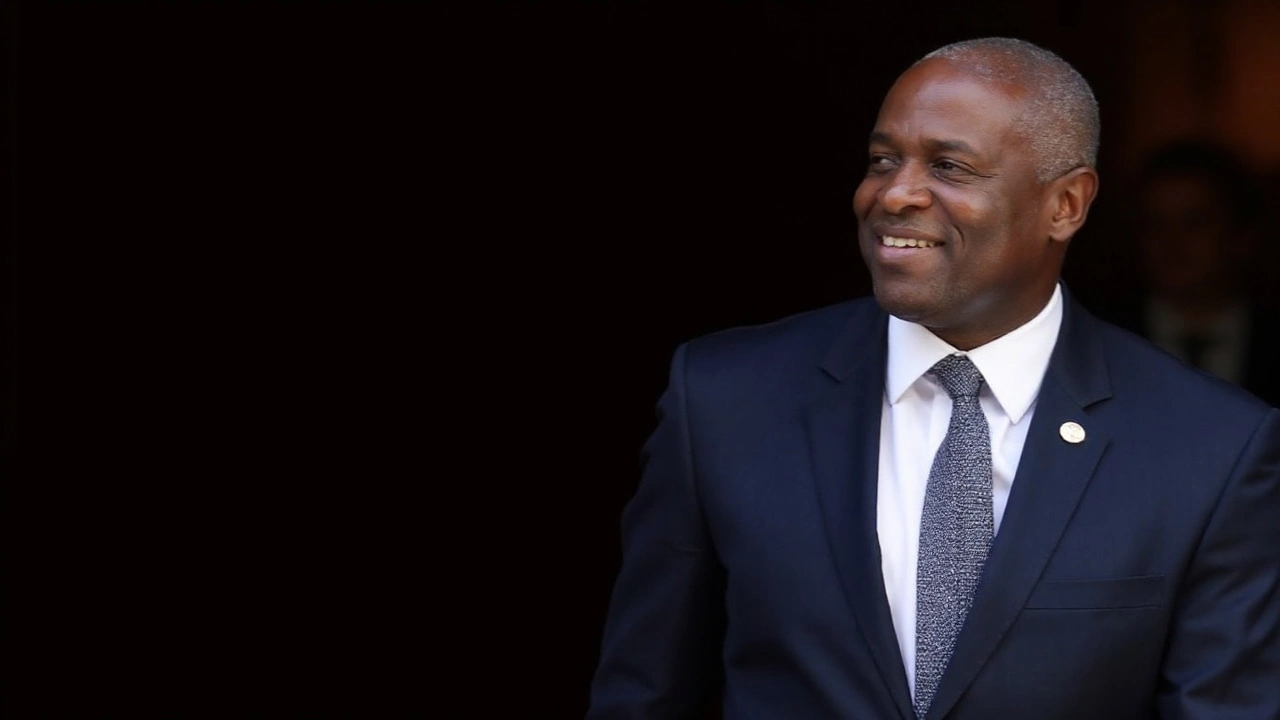Cabinet Reshuffle: Simple Guide
Heard the term "cabinet reshuffle" on the news and wondered what it actually means? In short, it’s when a head of government swaps out ministers or moves them to new departments. Think of it as a sports team changing its lineup mid‑season – the goal is to improve performance or respond to new challenges.
Most people only notice the headline about a reshuffle, but the details matter for everyday life. New ministers can bring fresh ideas, change spending priorities, or shift how a department talks to the public. That’s why a reshuffle can feel like a big deal, even if the same party stays in power.
Why Leaders Call a Reshuffle
There are a few common reasons a leader decides to shake up the cabinet. First, poor performance – if a department is lagging or a minister is constantly in the spotlight for the wrong reasons, the leader may replace them to restore confidence. Second, political strategy – moving popular figures into high‑profile roles can boost the government's image before an election. Third, internal party dynamics – reshuffles can reward loyal supporters or calm dissent within the party.
Sometimes external events trigger a reshuffle. A crisis like a financial downturn, a health emergency, or an international incident may demand new expertise at the top. Leaders also use reshuffles to signal a change in direction, like shifting focus from austerity to green investment.
What Changes You Might See
During a reshuffle, you’ll typically see three types of moves:
- New faces: Fresh ministers get a chance to prove themselves. This can bring new energy and ideas to a department.
- Promotions and demotions: A junior minister might be promoted to a senior role, while a senior might be moved to a less prominent post.
- Portfolio swaps: Two ministers might switch departments, keeping the team intact but changing responsibilities.
For the public, the biggest impact is policy direction. A new education minister might champion different curriculum reforms, while a new finance minister could adjust tax plans. Even if the headline policies stay the same, the style of communication and speed of implementation can shift noticeably.
Recent UK examples show how reshuffles play out. In the latest reshuffle, the Prime Minister moved the climate minister to a joint role with energy, signaling a stronger push on renewable targets. At the same time, a long‑standing health secretary was replaced after criticism over hospital waits, aiming to restore public trust.
So, what should you do when a reshuffle happens? Keep an eye on which departments are changing and read the statements from the new ministers. Their first speeches often hint at what they plan to prioritize. Also, watch for any policy announcements in the weeks after the reshuffle – that’s when the new agenda usually starts to take shape.In everyday life, a cabinet reshuffle might affect everything from the cost of your energy bill to the way your local school is run. Understanding the basics helps you see why the news talks about it so much and what it could mean for you.
Bottom line: a cabinet reshuffle is a political tool used to improve performance, manage party politics, or respond to crises. It brings new people into key roles, which can shift policies and how the government works. Staying informed about who’s in charge and what they’re planning lets you anticipate changes that matter to you.

David Lammy named UK Deputy PM and Justice Secretary as Starmer resets top team
David Lammy becomes Deputy Prime Minister and Justice Secretary after Angela Rayner resigns over a ministerial code breach tied to stamp duty. Keir Starmer moves Yvette Cooper to Foreign Secretary and appoints Shabana Mahmood as Home Secretary in a rapid reshuffle approved by the King. Ministers insist the government is stable and rule out an early election.
Read More